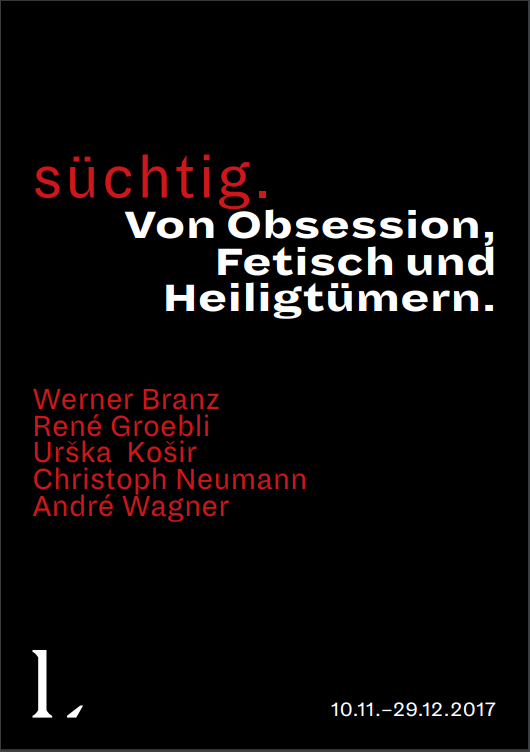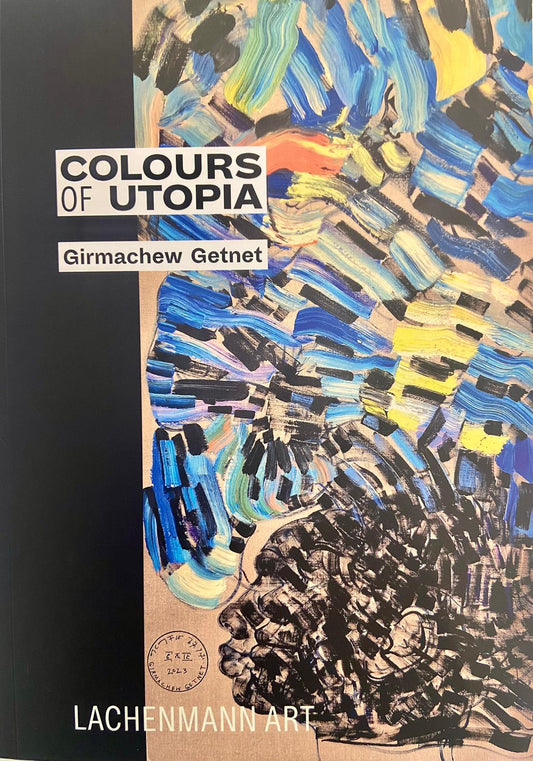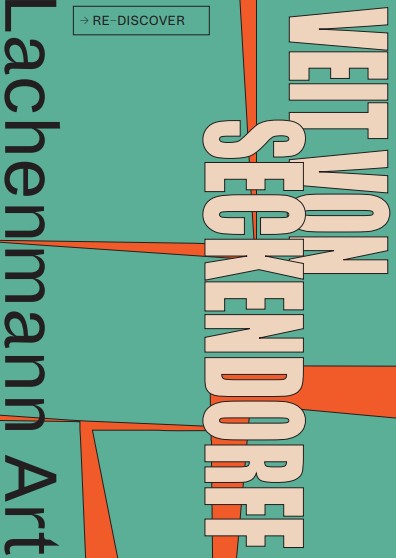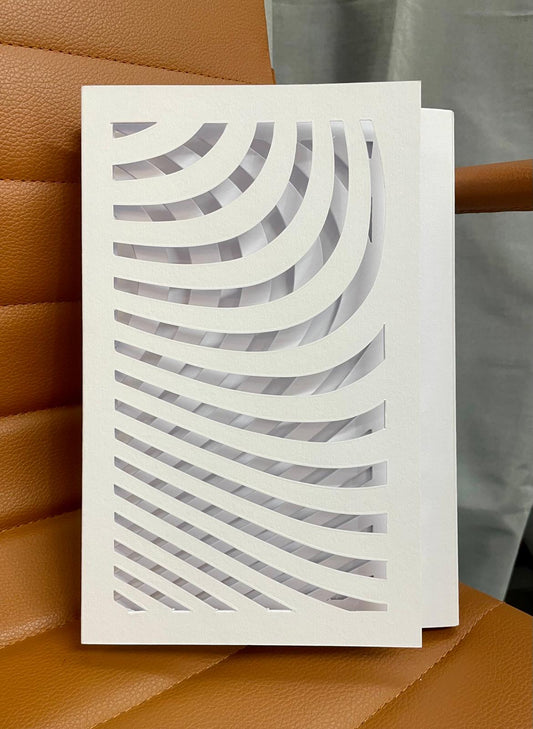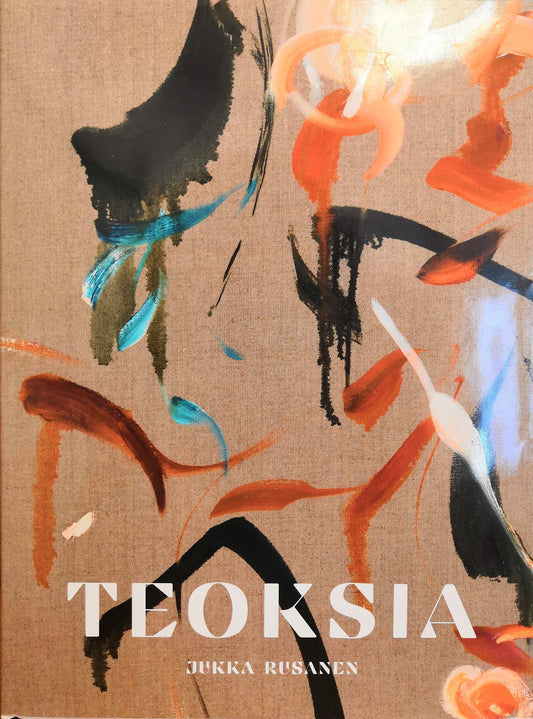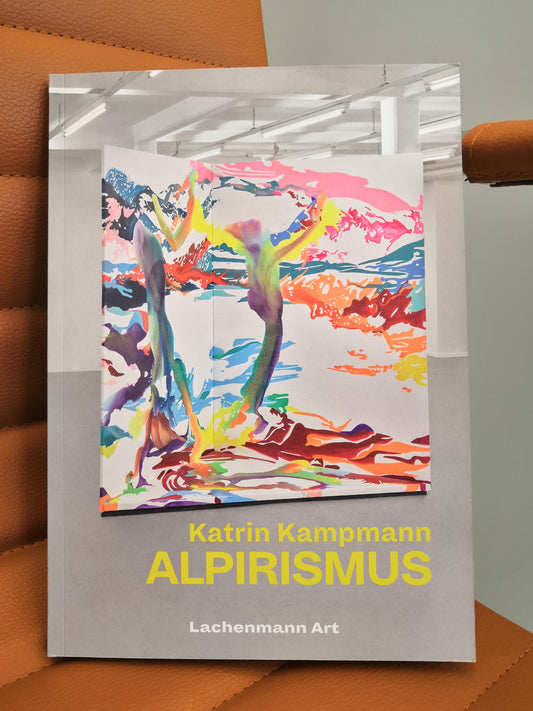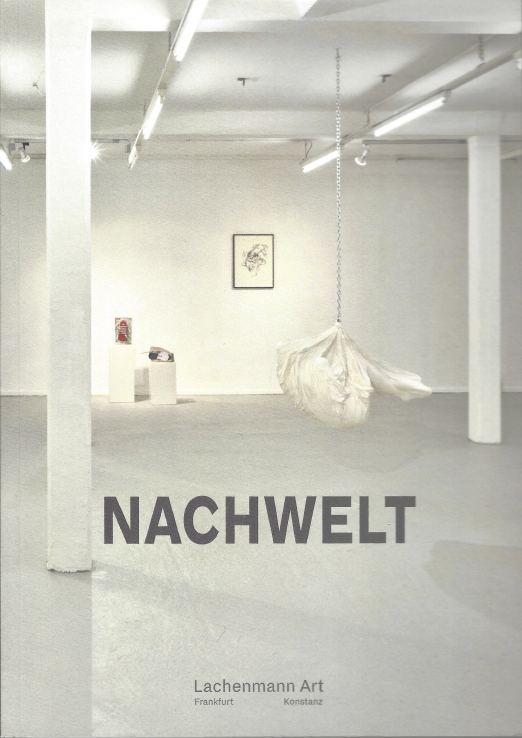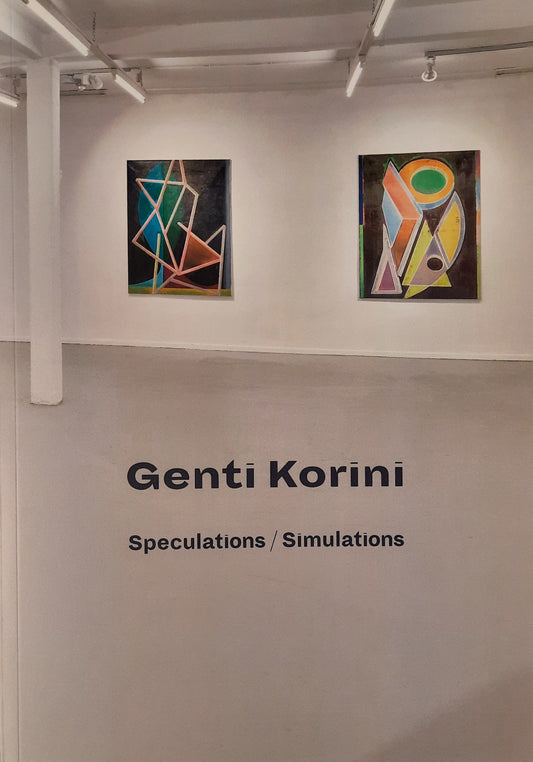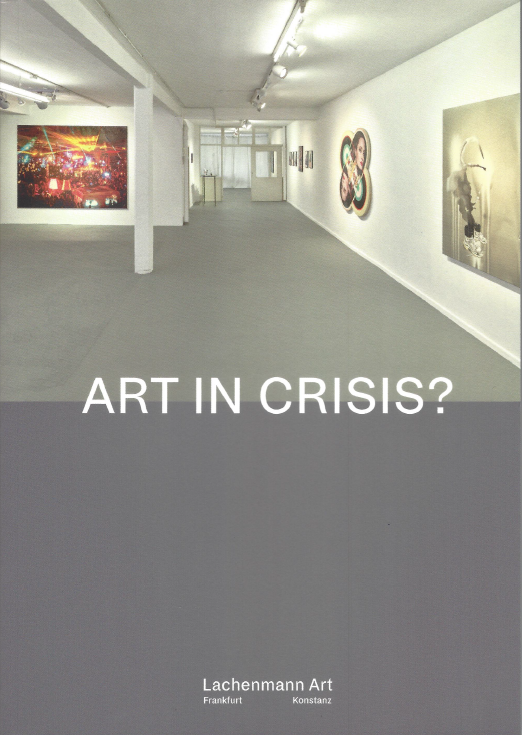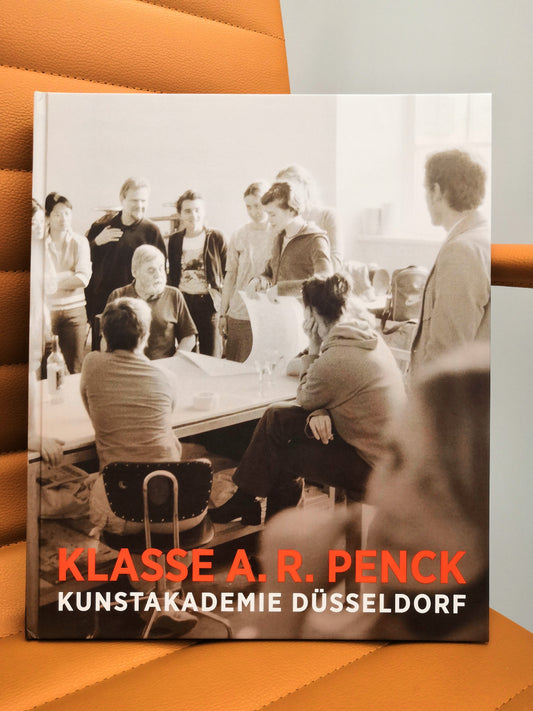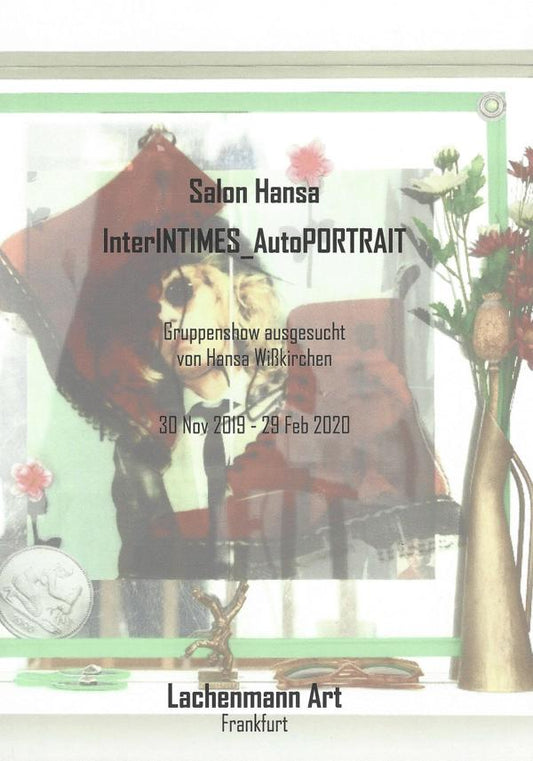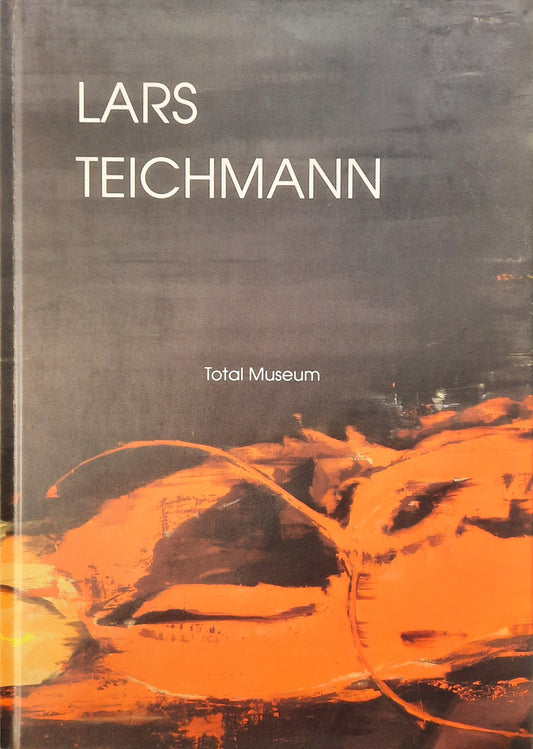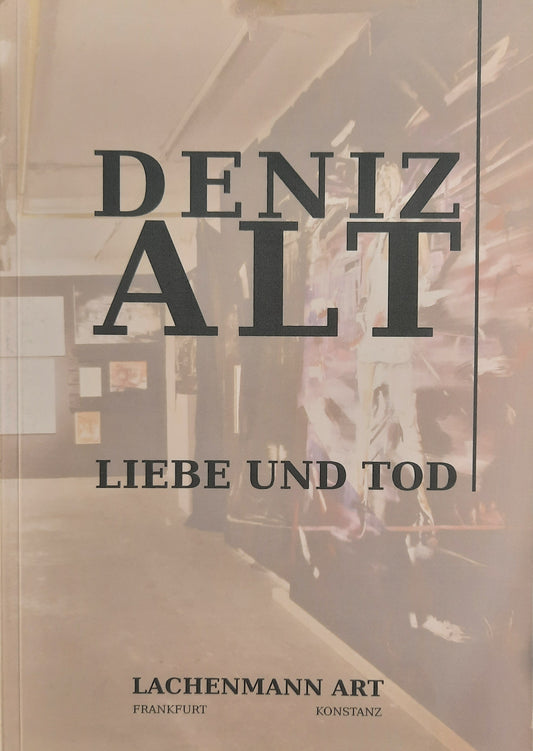From November 11, 2017, the Lachenmann Art gallery in Konstanz will be presenting an exhibition dedicated exclusively to the medium of photography for the first time since its founding. Under the title "Addicted. Of Obsession, Fetish and Sanctuaries," the photographers are free to interpret this topic and make it their own through individual associations.
In the age of the Internet, mass consumption and fast-paced life, terms such as 'obsession', 'fetish' and even 'sanctuary' are given completely new and different meanings. Just as with the question of what addiction actually is, there is probably no longer a universally valid definition for these keywords. Certain objects have a different value for each of us. Pictures, places, names, colours - everyone feels touched, moved or influenced in connection with different things.
What is addiction? What can you be addicted to? Does addiction always inevitably mean danger and have negative connotations?
Addiction is usually understood in a pathological context. However, in addition to addiction to nicotine, drugs, work and sex, there is also greed, rage and jealousy, as well as the addiction to harmony. These terms make addiction part of our everyday lives. Addiction does not necessarily have to mean the destruction of the subject, because it has many different faces with which it makes itself noticeable.
In a psychological context, obsession is described as a compulsive idea or concept that can fundamentally influence a person's actions, a compulsive act that is primarily associated with fear. In colloquial terms, an obsession usually describes a very strong emotional enthusiasm for a certain topic or hobby, as well as the joy of a certain work or activity.
A fetish can be defined in a similar way: etymologically it means "a magical agent"; according to the definition, it is an object that is inhabited by spirits or powers and thus has magical powers. Today, the term is primarily associated with sexual connotations, so objects can be elevated to fetish status and serve as a stimulus, while fetishism in this context describes a deviance. In a religious context, fetishism usually has negative associations. But why has the original definition, namely that a fetish is an object that acquires a certain magical significance through worship, been pushed into the background?
Temples, altars, holy sites or pilgrimage sites, sacred objects, relics and sanctuaries that are venerated have always been central components of all cultures and date back to the Roman Empire or ancient Greece, perhaps even further. Particularly in a religious context, certain landscape formations are sanctified as places of worship. These phenomena can be summed up in one word: sanctuaries.
Passion, passion and preference are closely linked to our keywords addiction, obsession, sanctuary and fetish and underline both their positive aspects and their roots. Art as such can itself become an obsession, be considered a sanctuary or even become the fetish of the respective artist. On the other hand, fetish objects can represent a shift in values, as happened with Marcel Duchamp's "objet trouvé", and have long been part of our current cultural landscape.
The exhibition “Addicted” aims to offer new insights into the multifaceted subject complex, which also creates a tension-filled interplay between the different photographers, each of whom deals with the themes of obsession, fetish and sanctuaries in their own way.
Works by five photographers from four countries are shown: Christoph Neumann (D), Werner Branz (AT), René Groebli (CH), Urška Košir (SLO) and André Wagner (D).











































